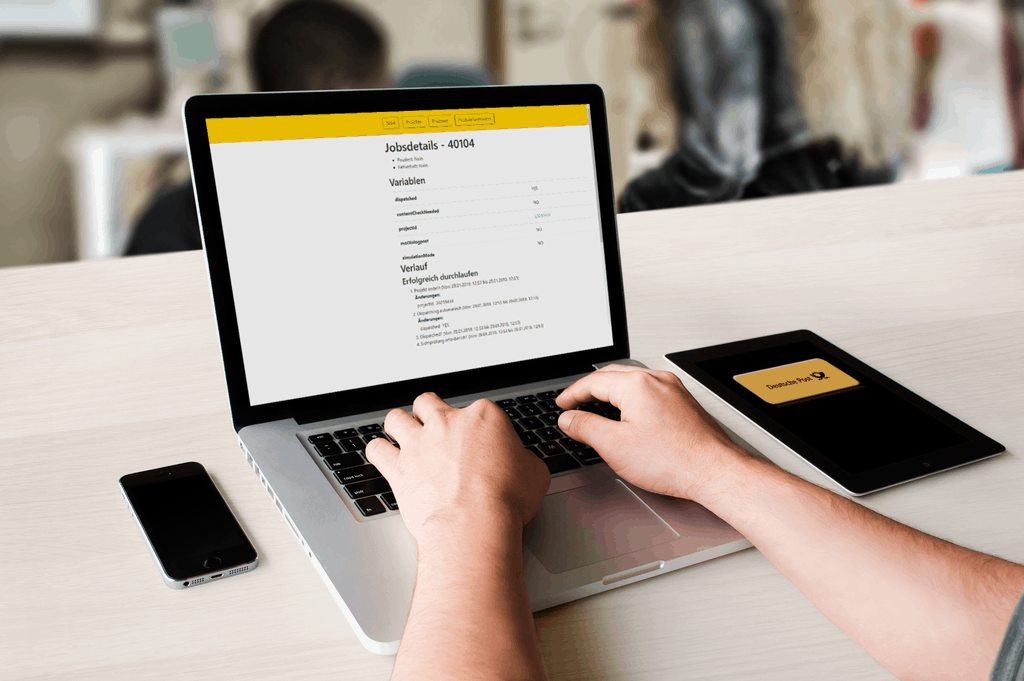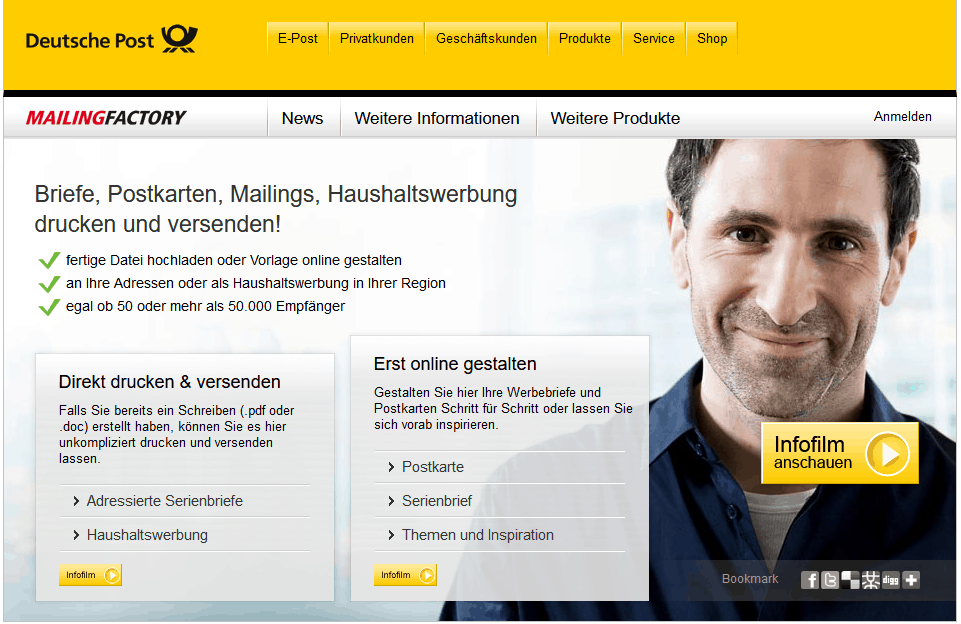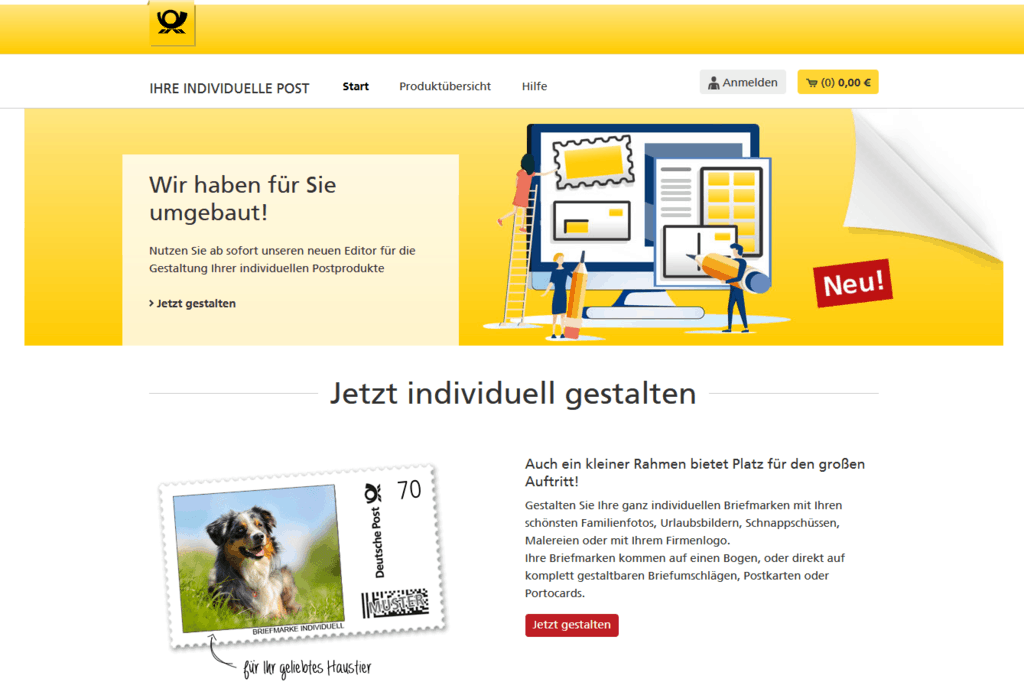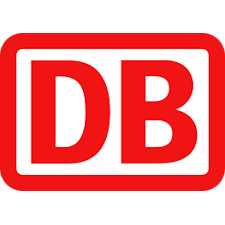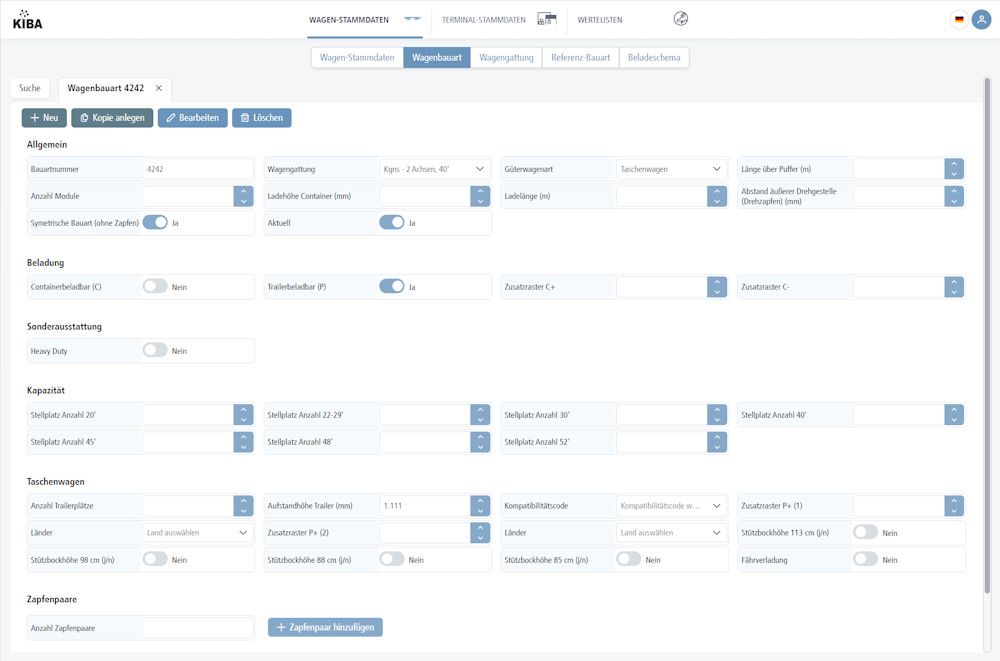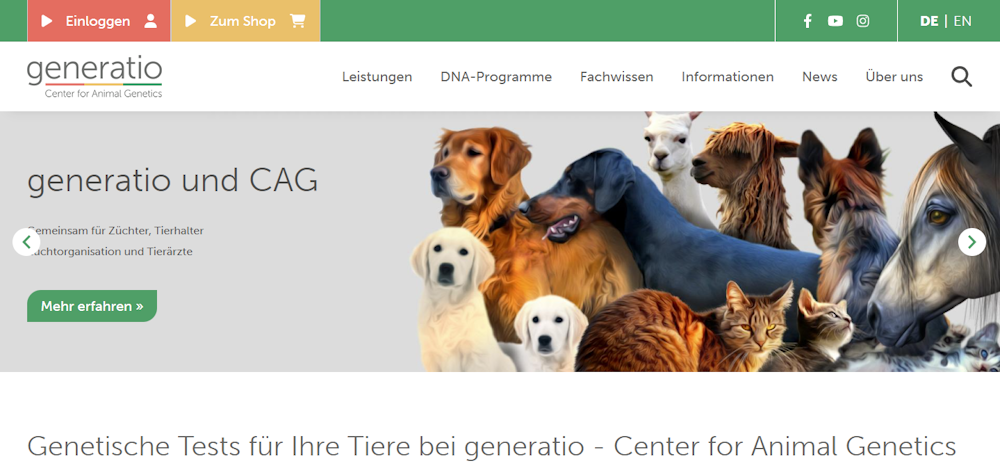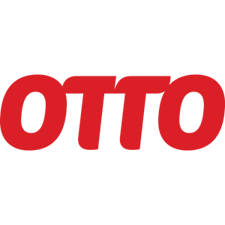
ERGO
ERGO – PAD Online
Individual Software
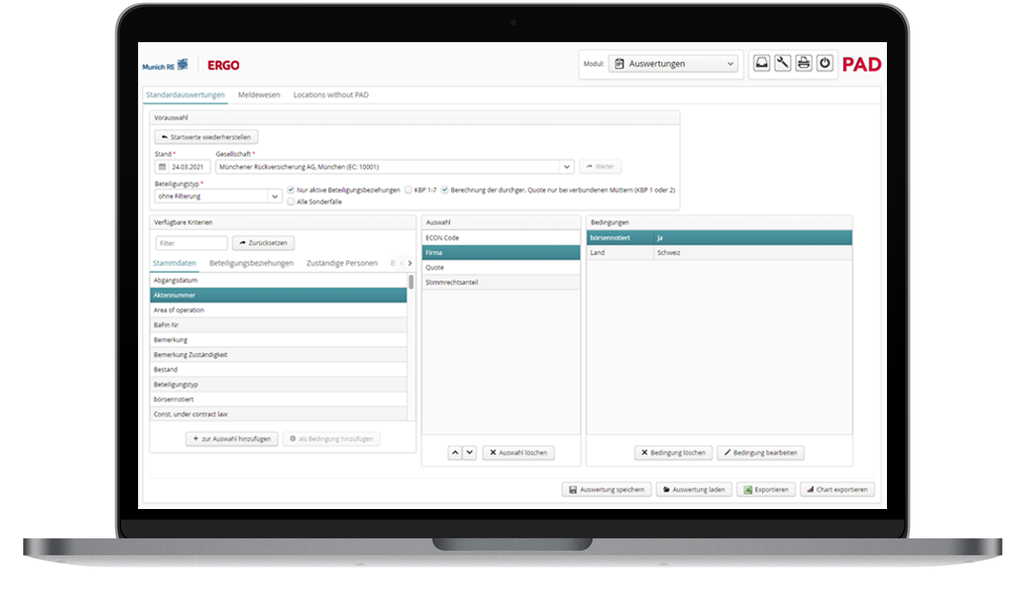
Project description
“PAD Online” is a software solution that was originally used by ERGO Group AG for investment management. Additional modules such as file management, distribution planning, balance sheets, accounting data, FATCA, mandates, private equity, risk governance, taxes and fair value determination have now been added to the application.
In addition to the modules mentioned, external interfaces were also implemented: Reporting foreign investments via ERIC interface to the tax office (§138 AO)
and reporting foreign investments to the Bundesbank (K3).
The application is now also used by Munich Re.
Technologies used: Java, Spring, Vaadin, Hibernate, camunda BPMN, Quartz, REST, JUnit, Mockito, Selenium, Testbench, MySQL, Tomcat, Maven, GitLab, Jenkins, Sonar Qube, Nexus, Jira and Confluence
Project details
Customer ERGO Group AG
Category Individual Software
ERGO – PAD mobile
Individual Software
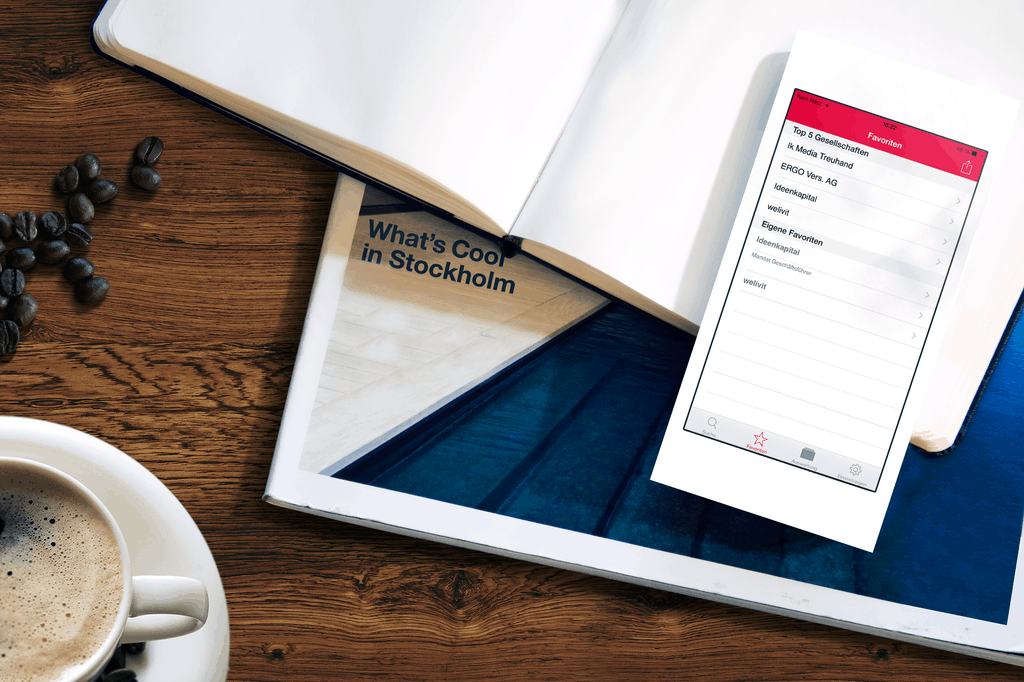
Project description
Get information quickly and efficiently!
“PAD mobile” brings the long-time application system “PAD Online” to mobile devices. Now all important key figures can be viewed directly on the move.
ERGO’s investment data can now also be viewed on a smartphone using the app. The most important key figures for master data, investments, contact persons, mandates and balance sheets are shown mobile-optimised and are available to management anytime and anywhere.
Project details
Customer ERGO Group AG
Category Individual Software


